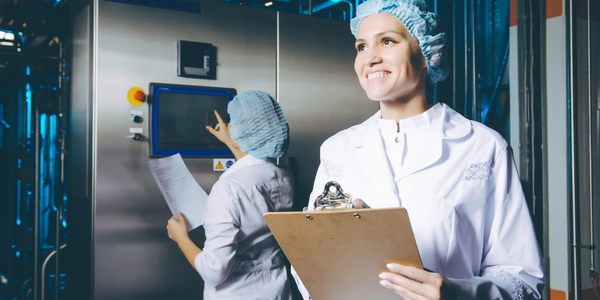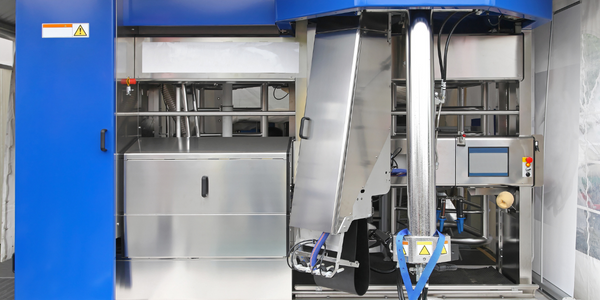Customer Company Size
Large Corporate
Region
- America
Country
- United States
Product
- oneWeigh technology
- Intersystems drag conveyors
- Schlagel programmable rotary distributor
- Intersystems legs
- Brock sweep augers
Tech Stack
- oneWeigh control system
- Cultura Technologies
- NCH Controls
Implementation Scale
- Enterprise-wide Deployment
Impact Metrics
- Productivity Improvements
- Cost Savings
Technology Category
- Application Infrastructure & Middleware - Data Exchange & Integration
Applicable Industries
- Agriculture
Applicable Functions
- Logistics & Transportation
- Warehouse & Inventory Management
Use Cases
- Supply Chain Visibility
- Inventory Management
Services
- System Integration
- Software Design & Engineering Services
About The Customer
Gavilon Grain, LLC is a company based in Omaha, NE. Founded in 2008, it has a storage capacity of 320 million bushels at 145 locations and employs around 2,000 people. The company handles a variety of crops including wheat, corn, soybeans, and specialty grains. Gavilon offers a range of services such as grain origination, storage and handling, transportation and logistics, merchandising and distribution, and risk management. The company's newest rail-loading terminal near Chester, MT features 1 million bushels of upright storage and 110-car shuttle train loading capability using oneWeigh technology.
The Challenge
The fertile plains in the north central part of Montana, just east of the Rockies and south of the Canadian border, is often called the Hi-Line. It refers to the main line of the Burlington Northern Santa Fe (BNSF) railroad, originally the Great Northern Railway, the northernmost line of the 19th century transcontinental railroads. The Hi-Line’s major purpose was to carry wheat from Montana back east to the big flour mills around Minneapolis, MN or farther west for export from the Pacific Northwest. That is still its major purpose today and the main reason Gavilon Grain, LLC chose to build a brand new rail terminal elevator on a loop track at Chester, MT. This area of the Hi-Line doesn’t always get the most rainfall, so the yields aren’t always the best. But the quality of the wheat here is very good, and Gavilon wanted this type of grain for export at their joint venture terminal in Kalama, WA.
The Solution
To tap the potential of the Hi-Line, Gavilon built a new 1-million-bushel slipform concrete elevator outside Chester, with capacity for another 2.6 million bushels in an outdoor pile, and a 8,190-foot loop track siding off of the BNSF. The main concrete structure consists of six large tanks plus three interstices, one of which houses the bulk weigh loadout scale and protects it from the elements. The big tanks stand 48 feet in diameter and 120 feet tall holding 173,000 bushels each. They have flat concrete floors, 16-inch Brock sweep augers, and two 50-hp AIRLANCO centrifugal fans per tank generating an estimated 1/5 cfm per bushel of aeration. The two centermost tanks have sidedraw spouts. Incoming trucks carry grain to a 120- foot Fairbanks inbound scale and an Intersystems truck probe for sampling. Then, a oneWeigh scale automation system from Cultura Technologies directs the trucker to one of two mechanical receiving pits holding 400 and 850 bushels, respectively. After depositing grain, trucks proceed to an outbound Fairbanks scale and pick up their scale tickets from an outdoor printer.
Operational Impact
Quantitative Benefit

Case Study missing?
Start adding your own!
Register with your work email and create a new case study profile for your business.
Related Case Studies.
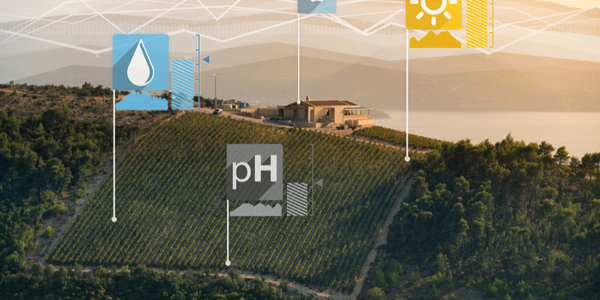
Case Study
Intelligent Farming with ThingWorx Analytics
Z Farms was facing three challenges: costly irrigation systems with water as a limited resource, narrow optimal ranges of soil moisture for growth with difficult maintenance and farm operators could not simply turn on irrigation systems like a faucet.
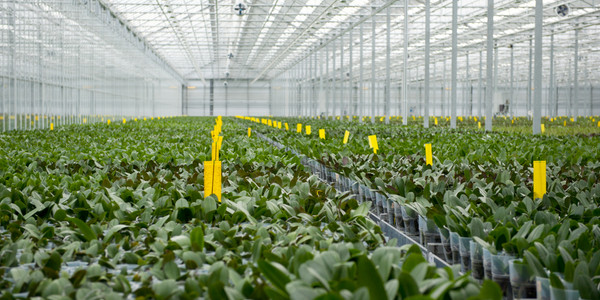
Case Study
Greenhouse Intelligent Monitoring and Control Solution
Farming Orchids is the most successful form of precision farming in Taiwan, and also the most exported flower. Orchids need a specific temperature and humidity conditions to grow and bloom, and its flowering time may not be in line with market demands, so the price collapses when there is overproduction. Therefore, some farmers began to import automated greenhouse control systems for breeding and forcing, which not only improves quality, but also effectively controls the production period and yield to ensure revenue. In 2012, an orchid farmer built a Forcing Greenhouse of about 200 pings (approximately 661 Square Meters) in Tainan, Taiwan. The system integrator adopted Advantech’s APAX-5000 series programmable automation controllers to build the control platform, coupled with Advantech WebAccess HMI/SCADA software, to achieve cloud monitoring. The staff of the orchid field can monitor important data anytime via smart phone, iPad, and other handheld devices, and control the growth and flowering conditions. System requirements: In the past, most environmental control systems of orchid greenhouses in Taiwan used PLCs (Programmable Logic Controller) with poorscalability and control, and could not be connected to the Internet formonitoring from the cloud. For advanced database analysis and networking capability, the PC platform must be adopted. Therefore, PAC Systems (Programmable Automation Controller) with both PLC programming capabilities andPC functions is a better choice.The environmental control of the Orchid greenhouse switches on and off devices like fan, shade net, cooling/heat pump, liquid flow control, water-cooling wall etc. It is controlled by a control panel of electric controllers, and is driven by a motor, to adjust the greenhouse temperature, humidity, and other environmental conditions to the set parameters.
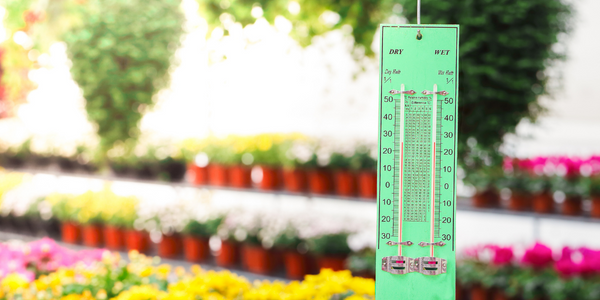
Case Study
Precision beekeeping with wireless temperature monitoring
Honeybees are insects of large economic value and provide a vital service to agriculture by pollinating a variety of crops. In addition, bees provide us with valuable products such as honey, beeswax, propolis, bee venom, etc. Monitoring of honeybee colony health, population, productivity, and environmental conditions affecting the colony health have always been exceedingly difficult tasks in apiculture. Research has shown that even small deviations (by more than 2°C) from the optimal temperatures have a significant influence on the development of the brood and the health of adult bees.
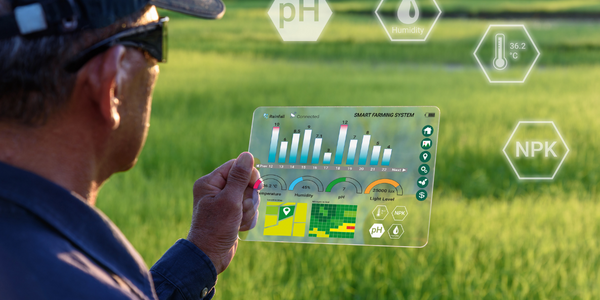
Case Study
Enabling Internet of Things Innovation in Agriculture
DigiBale, wanted to apply technology know-how and IP from implementations successfully to more agriculture sectors including cotton, forestry, sugarcane and cattle. However, farmers and growers still have worries about the connected technology.







